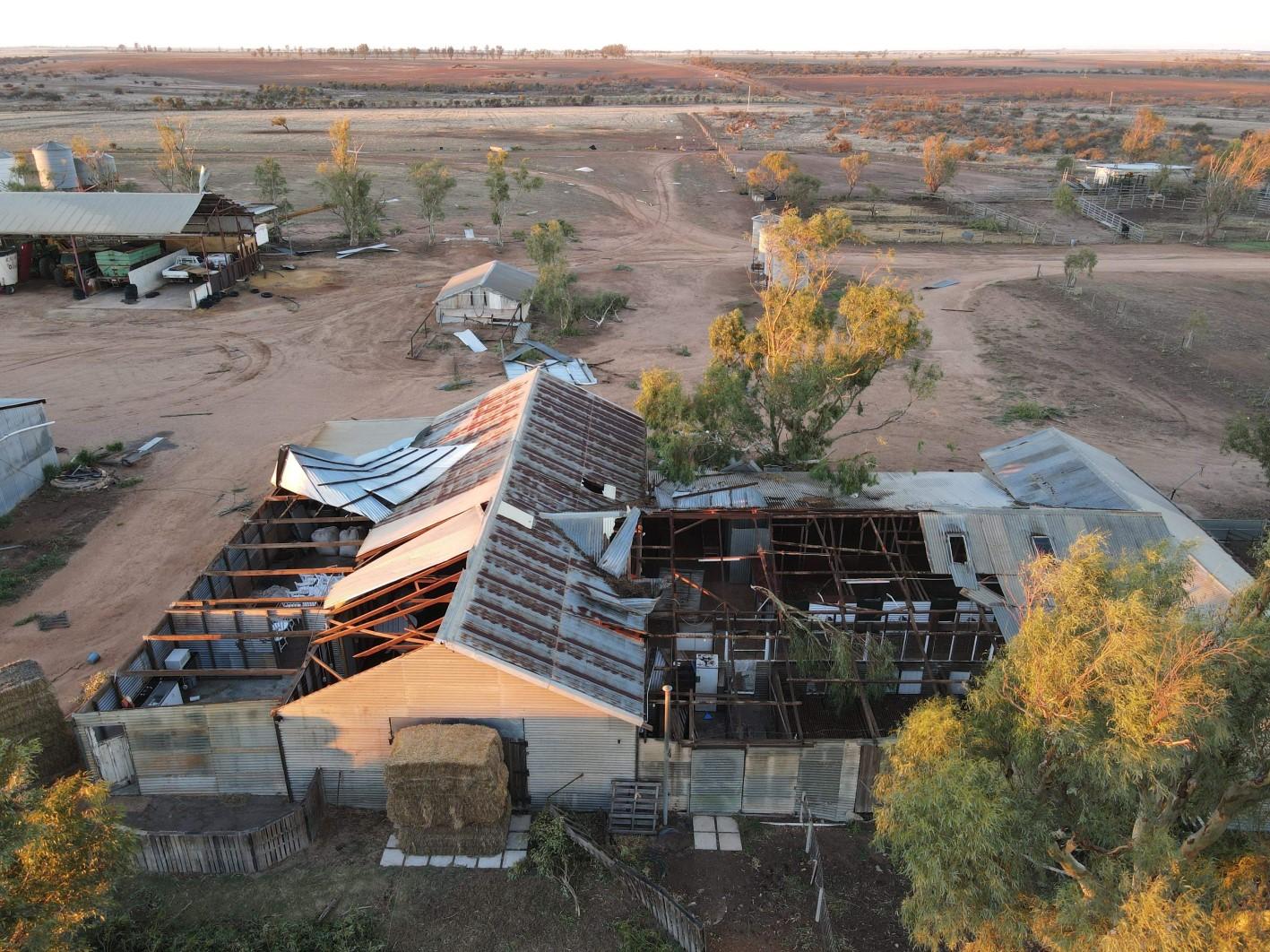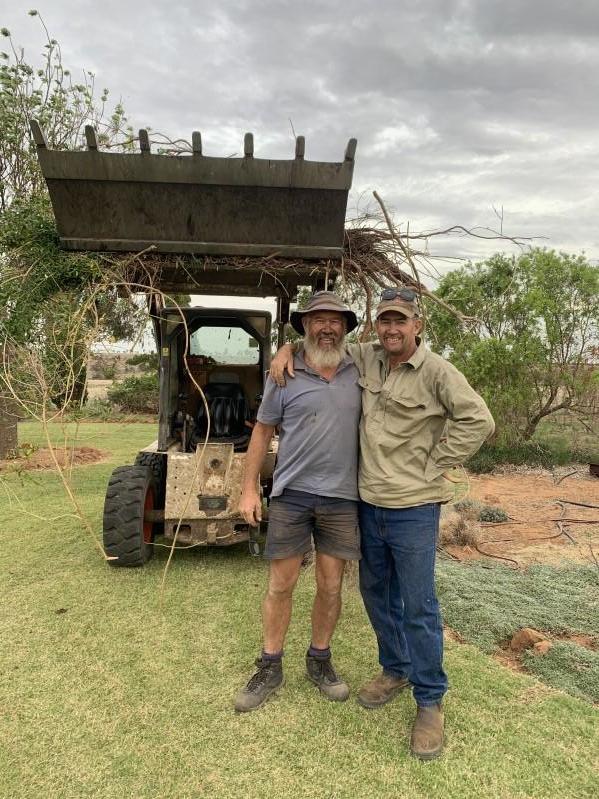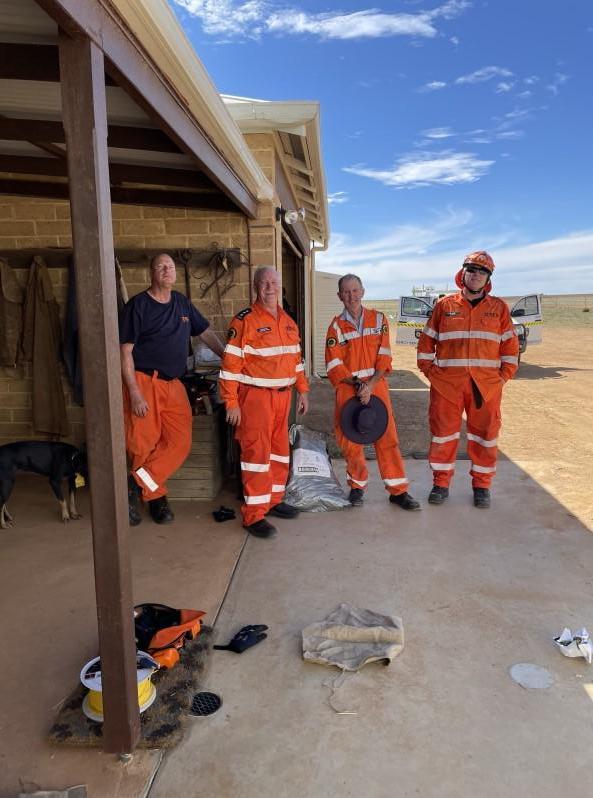
4 minute read
Chairwoman’s Update
Where oh where has the last six months gone? For me personally, it has been such a blur that I feel somewhat like a piece of laundry that has emerged from the ‘spin’ cycle – disheveled, disorientated and almost too confused to even know how I feel! But more about that later…
As beef prices continued to rise to record levels, the 2021 bull sale results ranged from outstanding to exceptionally positive. The outlook is very solid, as breeders continue to consolidate their herds and international and domestic demand for beef increases.
Advertisement
Congratulations to Coonamble and the Davis family for selling 102 bulls to a top of $30,000 and an average of $13,422, which is an increase in bull numbers by 20, and an improved top price by $2,500 and an increased average of $4,000 – an outstanding achievement. Congratulations also to Black Tara for the 2nd highest state average of $13,417. Overall, during the January to May period in WA, 828 registered Angus bulls were sold, at more than 20 sales, to an average of $9,043.
The heifer competition this year was won by Tyrepower West Perth. The proprietors, Adrian and Fiona have a property in Chittering and were delighted to win the prize: 10 quality heifers produced by Phil, Cathy and Laura Wishart from Bremer Bay. I would sincerely like to thank the Wishart family for the co-operation they have shown, by holding the heifers until transfer could be arranged.
The WA Angus Committee aims to select heifers from various leading commercial Angus operations around the state and we are pleased to have been able to offer some outstanding genetics over the 14-year history of the competition, which is run in conjunction with the Farm Weekly.
Finally, in reference to the reason for my less than satisfactory state-of-mind, our family farm infrastructure has been smashed around by Tropical Cyclone Seroja, and our community in the Mid-West has taken a battering. In the space of not much more than 90 minutes and in a strip about 80km wide, the fastmoving Category 3 cyclone, with winds which peaked at 150-170km/hour, delivered damage to houses, businesses, community halls, parks, sheds, fences and tree lines. 70% of buildings in Northampton and Kalbarri were damaged and more than 30 houses completely destroyed. 31,500 customers lost power and eight weeks on, some are still waiting to be reconnected.
The cyclone left a path of destruction from Kalbarri through Northampton, Mingenew, Perenjori, Mukinbudin, gradually weakening until it spilled back into the Southern Ocean, near Esperance.
On our farm, we’ve had damage to houses and sheds, some that will be written off by insurance, as well as damage to fences and tree-lines. In the aftermath of the cyclone, we considered ourselves lucky as “we still had a roof over our heads”, albeit a leaky one with cracking ceilings!
There were certainly reports of friends of ours taking shelter under mattresses, under floorboards, inside headers and being forced to ‘make a run for it’ to drive to better shelter, when their homes began to be torn apart, during the storm.
As we have the number 1 highway running through the middle of our property, our first priority in the days after the storm, was to repair fences to keep animals off the highway. The cyclone hit on April 11th, on the eve of our seeding program and consequently our focus was to get the crop into the ground. One of the most annoying problems was the vast amount of debris in the form of tree branches, tin and fallen power lines that needed to be removed before paddocks could be planted. Fortunately, the cyclone delivered some rain and we’ve had good follow-up falls. We were reliant on a generator to power the house for 6 weeks and electricity to our sheds still has not been reconnected.
Northampton, like many rural towns, is a strong community and together with government and volunteer services such as DFES, SES, Red Cross, Dept of Communities, Blaze Aid, the people have banded together to recover.
On our farm, all our children arrived in the days that followed to give us a hand to fix fences and prepare for seeding.
We have an old Haleian school friend, “Macca”, who arrived a couple of weeks after the storm and stayed for a month, helping us to clear fence-lines, clean tanks and remove debris from around sheds, houses and paddocks.
He will never really know the extent to which his generosity helped us to pick ourselves up and get on with it. Macca is a true Aussie hero, as are the wonderful folk from SES and Blaze Aid, who also assisted us. As I write this, we have just finished our seeding program for 2021. Tony and I can now take a deep breath and begin the task of following up with our insurance and begin to repair…
Liz Sudlow (WA Angus Chairperson)
- Photos from Tropical Cyclone Seroja...




*From top left (going clockwise) - Liz and the dogs taking shelter; Drone shot of the damage to the shearing shed, which is 100 years old; Tony and Macca; The SES crew who assisted in fixing holes in the roof; Machinery shed damage.
EDITORS NOTE: I would just like to thank Liz for managing to get her update done with all she has had going on, to give a first hand account of the cyclone and provide photos to share this experience with our readers is very much appreciated - Shezanne :)










